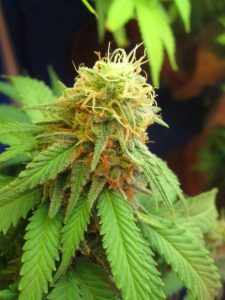Marijuana Sobriety Tests Still Elusive
For decades, prosecutors have been securing convictions against drunk drivers using the same tried-and-true means of evidence gathering: Roadside sobriety tests.
The officer has the driver stand on a single leg, walk a straight line, recite the alphabet (starting with G), conduct an eyeball analysis. If the driver doesn’t perform as well as they should, the officer will come to court to testify about why they believe the driver wasn’t fit to drive. Criminal defense lawyers have long challenged these tactics, but they have still proven generally useful in drunk driving cases.
However, marijuana defense lawyers are increasingly successful at arguing that such tests aren’t an adequate indicator of whether someone is too impaired by cannabis to drive. There is little to no science to show that these standardized measures are effective in testing the sobriety of someone believed to be high on weed as opposed to drunk on alcohol. Continue reading
 Cannabis Law Group's Medical Marijuana Legal Blog
Cannabis Law Group's Medical Marijuana Legal Blog













